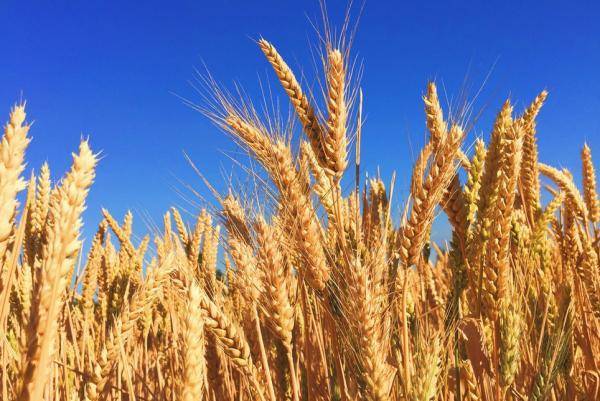Mycotoxins are sometimes also called our invisible enemy. Invisible, because they often go unnoticed and are not always accompanied by typical, noticeable symptoms. Chronic exposure to mycotoxins in particular is of additional concern to researchers. An additional challenge is that mycotoxin levels in raw materials for animal feed are generally highly variable and difficult to predict. This is why Biomin – which has recently joined the DSM family – organises an extensive annual screening for mycotoxins in raw materials. For example, in 2020, more than 6,000 analyses were carried out on newly harvested wheat, barley and maize. The samples came from 26 European countries and were tested for 6 different mycotoxins. This screening is a valuable addition to other surveys in which DSM participates annually (e.g. BFA monitoring mycotoxins), and also enables us to evaluate the risk of contamination in other countries. The main results of the Biomin study are summarised below.
Wheat
-
a total of 3,042 analyses were performed on wheat.
-
One third of the tested samples contained more than one mycotoxin.
Barley
-
a total of 1,400 analyses were performed.
-
DON is the most common toxin found in barley. Highest levels and most positive samples in Romania, Hungary and Italy. Significantly lower contamination in German, French and Dutch barley.
Corn
-
in total, some 1,600 analyses were performed.
-
Almost 70% of the tested samples contained at least one mycotoxin.
-
Again, DON is the most commonly found mycotoxin in corn: detectable in 72% of the samples tested. Barring a few exceptions, demonstrable in all countries. Most European countries are coloured red on the map, indicating the risk of DON problems.
-
Zearalenone is detectable in almost 60% of all samples examined, closely followed by Fumonisin (55%).
-
Fumonisin: highest number of positive samples and highest levels in Italian and Spanish corn.
Conclusions
There is no particular mycotoxin that stands out as being "the most dangerous". In many cases, multiple toxins are analysed for each sample. This also makes it very difficult to propose maximum or acceptable levels of individual mycotoxins.
We can safely assume that a compound feed always contains several mycotoxins. Not much is known about the (chronic) effects of contamination with multiple mycotoxins. As a result, it is also very difficult to properly assess or quantify that risk.
It is clear that there are significant regional differences. DON and ZEA used to be considered a typically Western European phenomenon (maritime climate), but this premise now seems outdated. In 2020, the highest DON levels were measured in Central and Eastern Europe. The same is true for the other Fusarium mycotoxins.


